A breakthrough in materials science could soon make the computers and phones we use today obsolete.
Researchers at Northeastern University (USA) have found a way to use light to control a type of quantum material, paving the way for processors up to 1,000 times faster than current silicon technology.
For decades, the speed of electronic devices has been dictated by transistors made of silicon. But as the technology approaches its physical limits, scientists are looking for a new paradigm. And they may have found the answer in a material called “1T-TaS₂.”

1T-TaS₂ quantum material could enable device speeds 1,000 times faster.
The material has a unique ability to switch between conductive and insulating states. However, it previously only worked at extremely cold temperatures, making practical applications impossible.
Now, the team has succeeded in "locking" this useful state at a much warmer temperature (-63°C) and maintaining it stably for months, which is considered a huge step forward.
“Current processors operate at gigahertz (GHz) frequencies,” said assistant professor Alberto de la Torre, lead author of the study. “The rate of change that this method can bring will allow you to reach terahertz (THz) frequencies” (1 THz = 1,000 GHz).
Their secret lies in using light to control it. "Nothing is faster than light, and we are using light to control the properties of materials at the fastest speed physically possible," explains Professor Gregory Fiete.

Assistant Professor Alberto de La Torre experiments with quantum materials at Northeastern University - USA.
Essentially, they turned a material into a super-sensitive, light-activated switch that is not only faster but also much simpler than today's complex transistor structures.
“We eliminate one of the technical challenges by putting it all in a single material,” says Fiete.
This discovery is considered a "new paradigm" for computing, alongside quantum computing.
Instead of trying to cram more transistors onto an increasingly cramped chip, engineers can now aim to build devices from smarter, stronger, and more efficient materials.
Source: https://khoahocdoisong.vn/vat-lieu-luong-tu-moi-thuc-day-may-tinh-va-dien-thoai-nhanh-hon-1000-lan-post2149044059.html






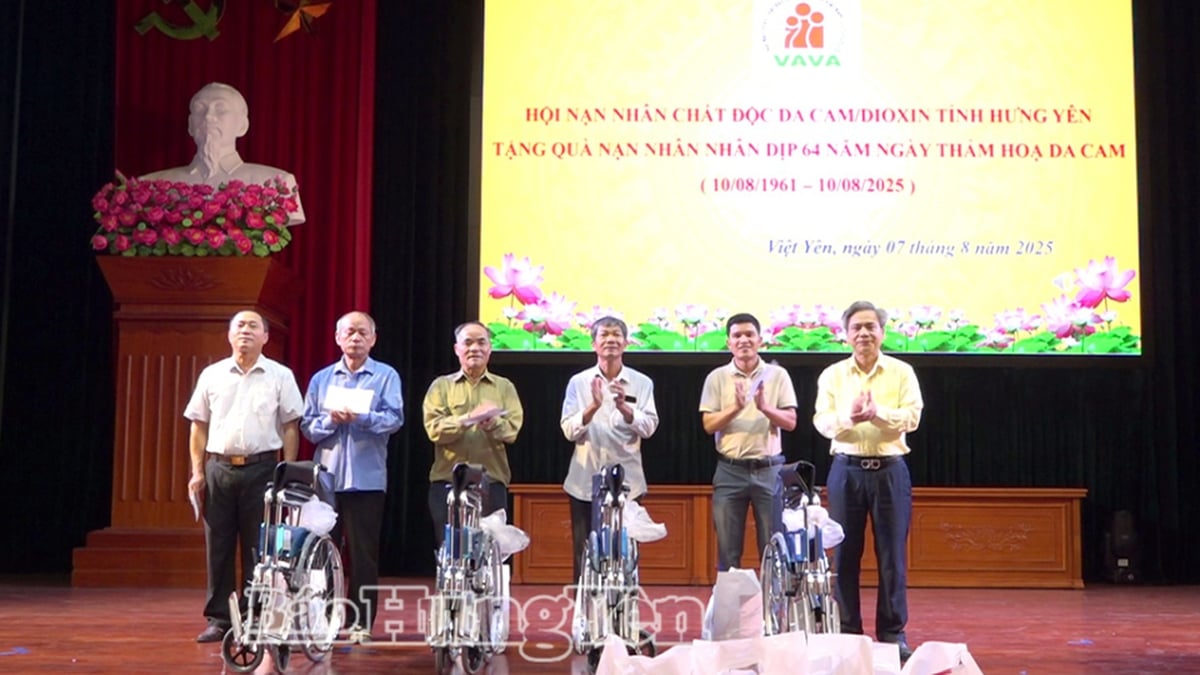



















![[Photo] Discover the "wonder" under the sea of Gia Lai](https://vphoto.vietnam.vn/thumb/1200x675/vietnam/resource/IMAGE/2025/8/6/befd4a58bb1245419e86ebe353525f97)

![[Photo] Nghe An: Provincial Road 543D seriously eroded due to floods](https://vphoto.vietnam.vn/thumb/1200x675/vietnam/resource/IMAGE/2025/8/5/5759d3837c26428799f6d929fa274493)

































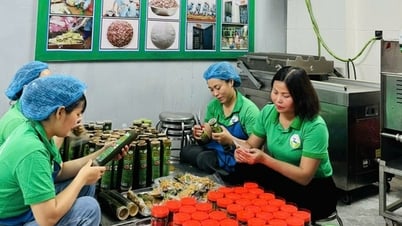


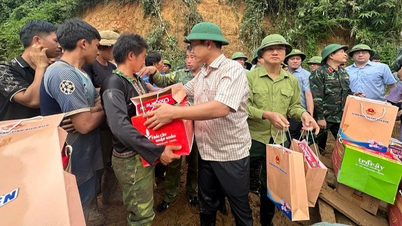




























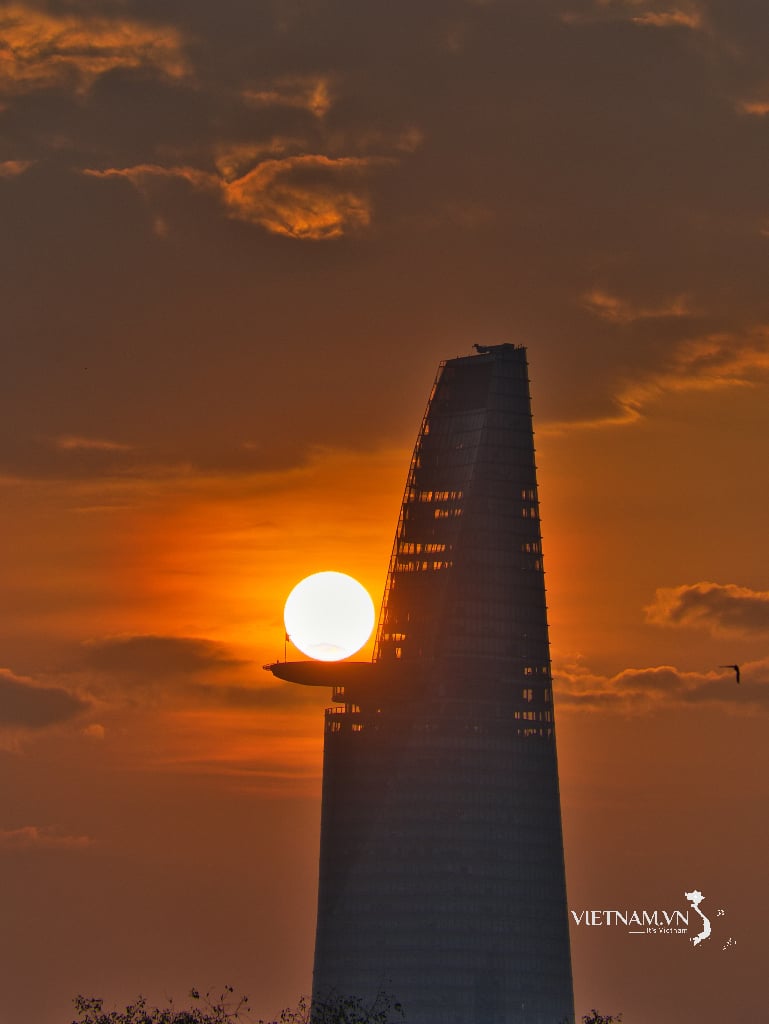
Comment (0)